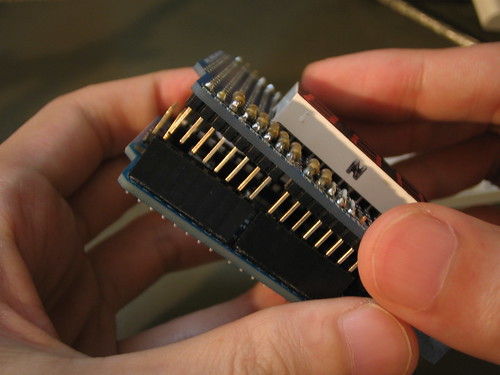Here is a great database of Arduino shields that gives you pin usage details for 285 shields from 114 makers!
This list makes sure you can look at the compatibility of shields and it also lists the actual licences the shield developers use. It is quite confronting to see that the majority of the shield hardware developers do not choose a license…
From the website itself:
“Sick of trying to figure out which pins are used by some obscure Arduino shield? Can’t tell whether two shields will be compatible with each other?
This shield database arose out of a discussion on the Arduino Forums about the need for a comprehensive online reference for shield pin assignments. It lists as many Arduino shields as I can find along with their pin usage, making it easy for you to determine if particular shields are compatible.”
He does seem to be falling behind on processing the newer shields:
“Submission Queue
There are currently 198 shields submitted that I haven’t got to processing yet. Sorry!”
Anyone out there who wants to lend a helping hand?




